How Much Vitamin E To Take For Fatty Liver
They found that 43 percent of those treated with vitamin E showed significant improvement in their liver while only 19 percent of those who received a placebo got better. The Recommended Daily Allowance RDA for Vitamin E is about 20 International Units per day.
 Role Of Vitamin E In Nonalcoholic Fatty Liver Disease Nagashimada 2019 Iubmb Life Wiley Online Library
Role Of Vitamin E In Nonalcoholic Fatty Liver Disease Nagashimada 2019 Iubmb Life Wiley Online Library
Vitamin E reduces and stops the damage to the membranes of the cells.
How much vitamin e to take for fatty liver. Before we start I have to say that there isnt much medical data linking vitamin supplements to treating fatty liver disease. Renowned health website webmd for example highlights vitamins E and C as helpful in reversing the condition. However should you be worried about your liver health supplements are always a good proactive plan to have provided your physician agrees to them as a part of your treatment plan.
In general a balanced diet full of fresh fruits and vegetables will provide a healthy dose of vitamin E. Approximately 100 mgkg or 5 to 10 grams alpha-tocopherol per day Usual Adult Dose for Dietary Supplement. There has been a growing interest in the role of vitamin E supplementation in the treatment andor prevention of nonalcoholic fatty liver NAFLD.
We performed a systematic review of the medical literature from inception through 15 June 2018 by utilizing PubMed and searching for key terms such as NAFLD vitamin E alpha-tocopherol and nonalcoholic steatohepatitis NASH. The upper limits for children are lower than those for adults. This is equal to 1500 IUday for natural vitamin E supplements and 1100 IUday for synthetic vitamin E supplements.
In a 90-day study of people with fatty liver the group who took a silymarin-vitamin E supplement and followed a low-calorie diet experienced twice the reduction in liver. Two weeks after the tests participants will start vitamin E treatment. Usual Adult Dose for Vitamin E Deficiency Abetalipoproteinemia.
Therefore we carried out a structured systematic review of all RCTs conducted between 2010 and January 2020. Interestingly although both pioglitazone 30 milligrams a day and vitamin E 800 International Units a day in the form of d-alpha tocopherol were superior to placebo in improving symptoms of NASHincluding liver enzyme levels signs of inflammation and hepatic steatosisthe improvements seen with pioglitazone were not considered statistically significant. Vitamin E is defined by chemists as eight naturally occurring forms which can be found in food.
Participants who are taking vitamin E will take it for up to 120 weeks. They will take up to two pills a day taken with fat-containing foods. Vitamin E can significantly improve liver function in patients with non-alcoholic fatty liver diseases NAFLD including non-alcoholic steatohepatisis NASH a meta-analysis of five clinical trials.
Most individuals in the United States are believed to obtain sufficient Vitamin E from dietary sources although those with very low-fat diets or intestinal malabsorption disorders may require supplementation. In the study published online in the New England Journal of Medicine 247 adults with advanced fatty liver disease were randomly assigned to take a high dose of vitamin E 800 international units. Vitamin E is believed to prevent or delay chronic liver disease progression because it can infiltrate fatty tissue in the liver to exert its antioxidant properties.
The dose was 800 IU of. Our systematic review showed that vitamin E has clinical utility in improving biochemical ALT and AST levels and histological abnormalities in NAFLD hepatic steatosis and lobular inflammation. This doesnt mean it wont work though.
The chemical name for Vitamin E is d-alpha-tocopherol and this is Vitamin E in its natural form which is much more effective than the synthetic form d1-alpha-tocopherol. Because of this risk the upper limit for adults is 1100 mgday for supplements of either natural or synthetic vitamin E. Click here to buy.
After screening eight RCTs were included. Four tocopherols and four tocotrienols. 4 weeks after starting treatment they will have a repeat full evaluation with imaging tests blood work and liver and fat biopsies.
Vitamin E and other vitamins are quite helpful to your livers health. The review published in the journal Nutrition found the vitamin improved serum biochemical parameters and hepatic histology in NAFLDNASH especially for adult NASH patients.
 Milk Thistle And Vitamin E For Fatty Liver Vit E And Fatty Liver
Milk Thistle And Vitamin E For Fatty Liver Vit E And Fatty Liver
 Antioxidant Activity Of Hydroxytyrosol And Vitamin E Reduces Systemic Inflammation In Children With Paediatric Nafld Digestive And Liver Disease
Antioxidant Activity Of Hydroxytyrosol And Vitamin E Reduces Systemic Inflammation In Children With Paediatric Nafld Digestive And Liver Disease
How Much Vitamin E To Take For Fatty Liver Vitaminwalls
 How Much Vitamin E To Take For Fatty Liver Vitaminwalls
How Much Vitamin E To Take For Fatty Liver Vitaminwalls
 A Brief Comparison Of Nafld Nash Prevention And Therapy Between Download Scientific Diagram
A Brief Comparison Of Nafld Nash Prevention And Therapy Between Download Scientific Diagram
 Is Milk Good For Liver Problems How Much Vitamin E To Take For Fatty Liver
Is Milk Good For Liver Problems How Much Vitamin E To Take For Fatty Liver
 How Much Vitamin E To Take For Fatty Liver Vitaminwalls
How Much Vitamin E To Take For Fatty Liver Vitaminwalls
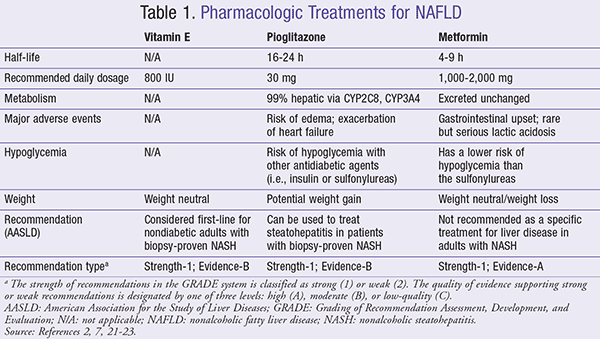 Vitamin E Treatment For Fatty Liver Vitaminwalls
Vitamin E Treatment For Fatty Liver Vitaminwalls
 How Much Vitamin E To Take For Fatty Liver Vitaminwalls
How Much Vitamin E To Take For Fatty Liver Vitaminwalls
 Figure 2 From The Role Of Vitamin E In The Treatment Of Nafld Semantic Scholar
Figure 2 From The Role Of Vitamin E In The Treatment Of Nafld Semantic Scholar
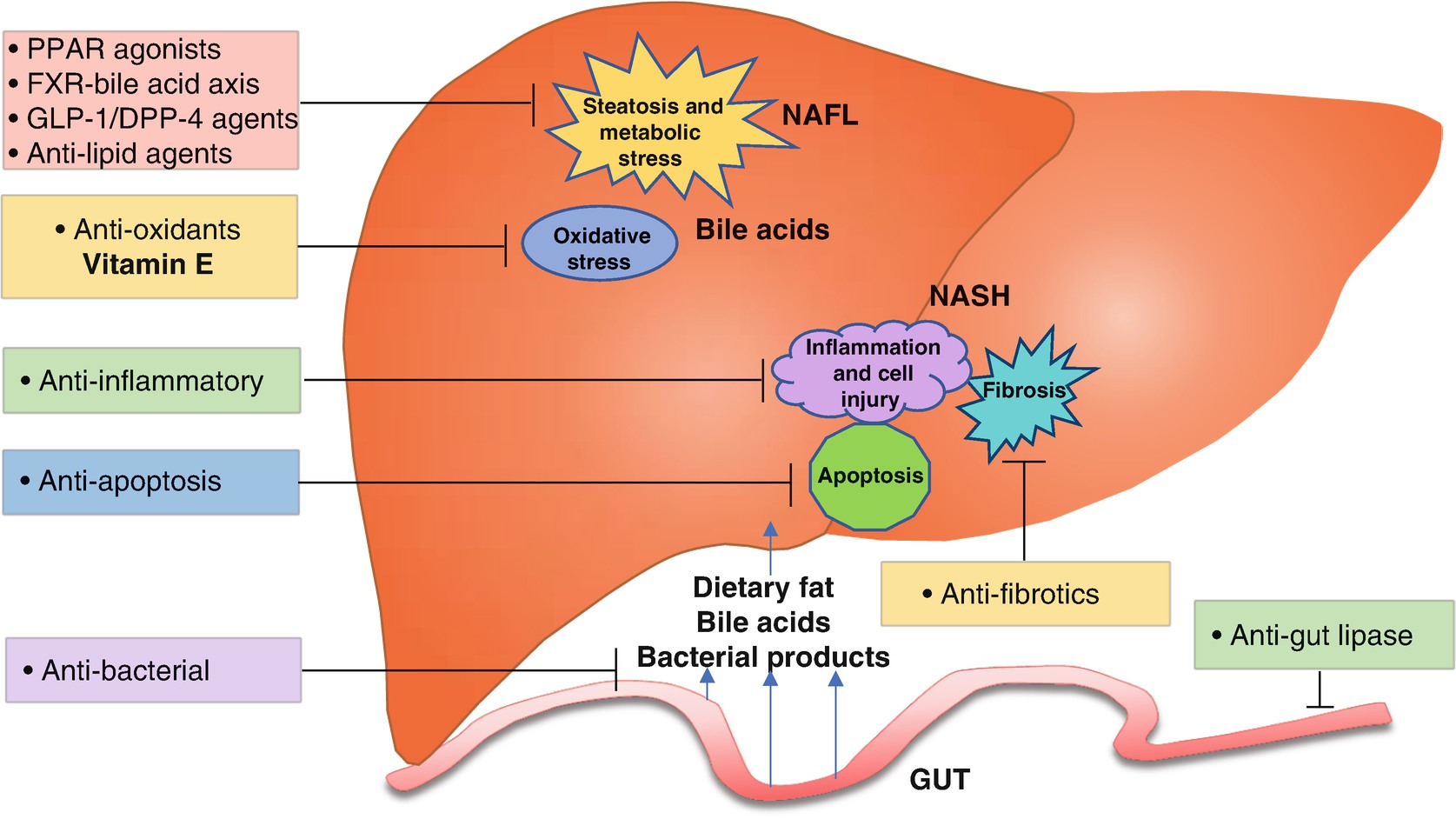 Vitamin E In Nonalcoholic Fatty Liver Disease Springerlink
Vitamin E In Nonalcoholic Fatty Liver Disease Springerlink
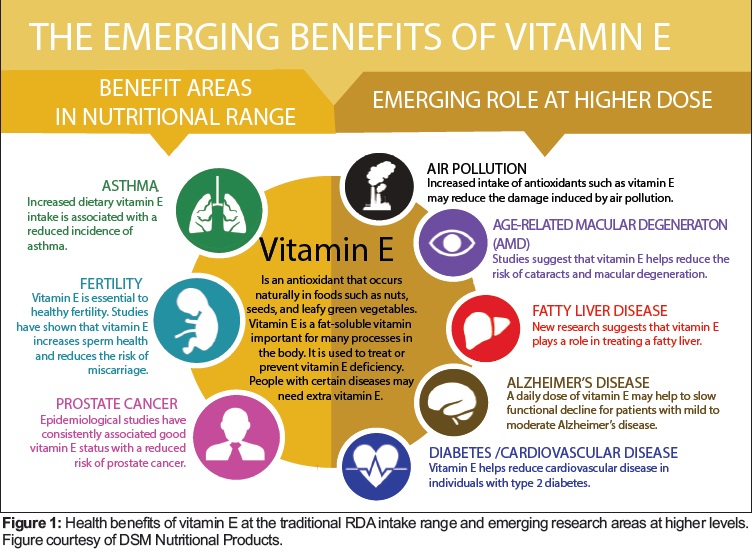 How Much Vitamin E To Take For Fatty Liver Vitaminwalls
How Much Vitamin E To Take For Fatty Liver Vitaminwalls
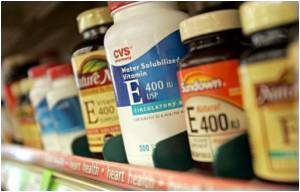 Vitamin E May Help Treat Fatty Liver Disease Study
Vitamin E May Help Treat Fatty Liver Disease Study
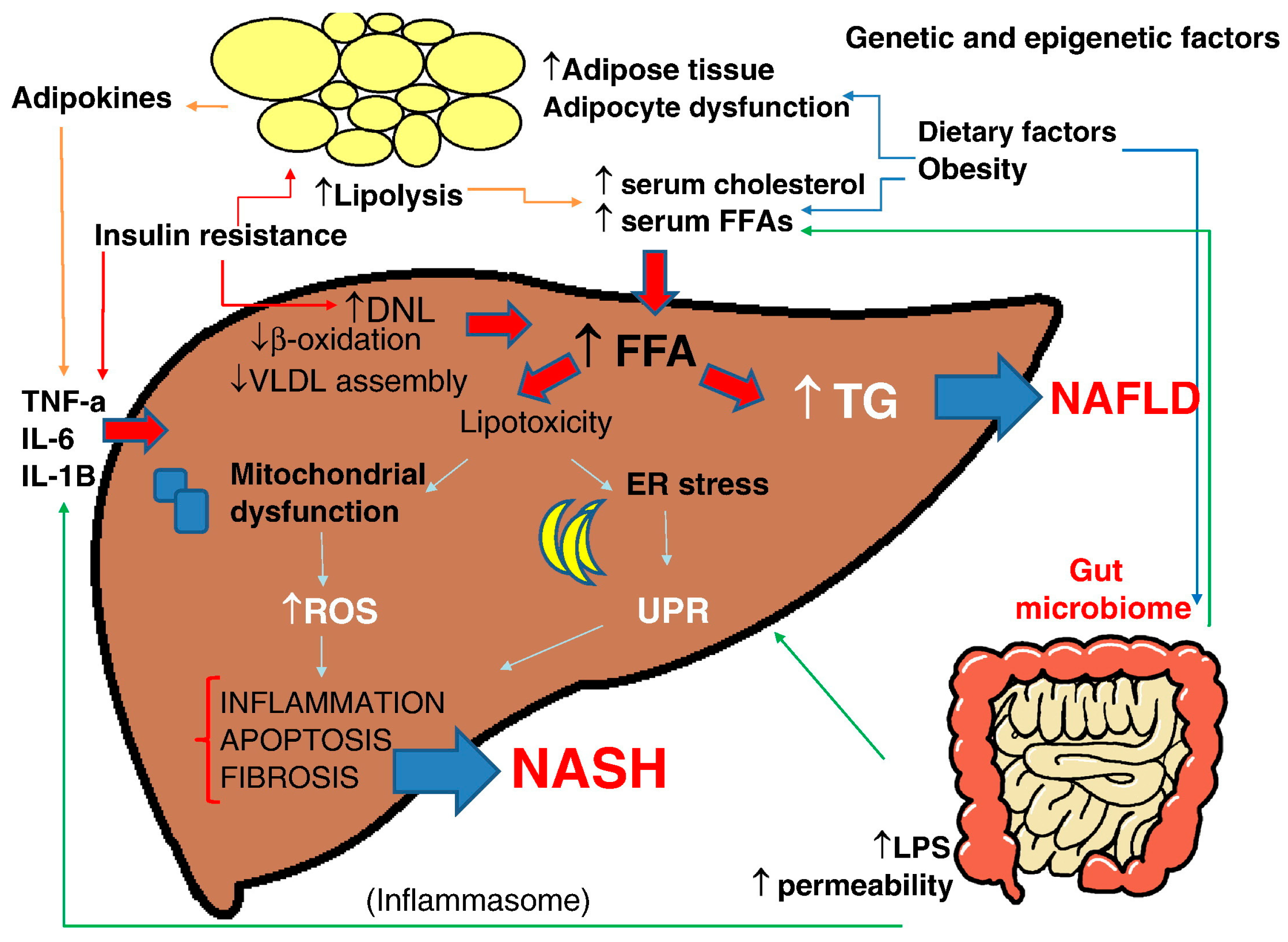 How Much Vitamin E To Take For Fatty Liver Vitaminwalls
How Much Vitamin E To Take For Fatty Liver Vitaminwalls
Comments
Post a Comment